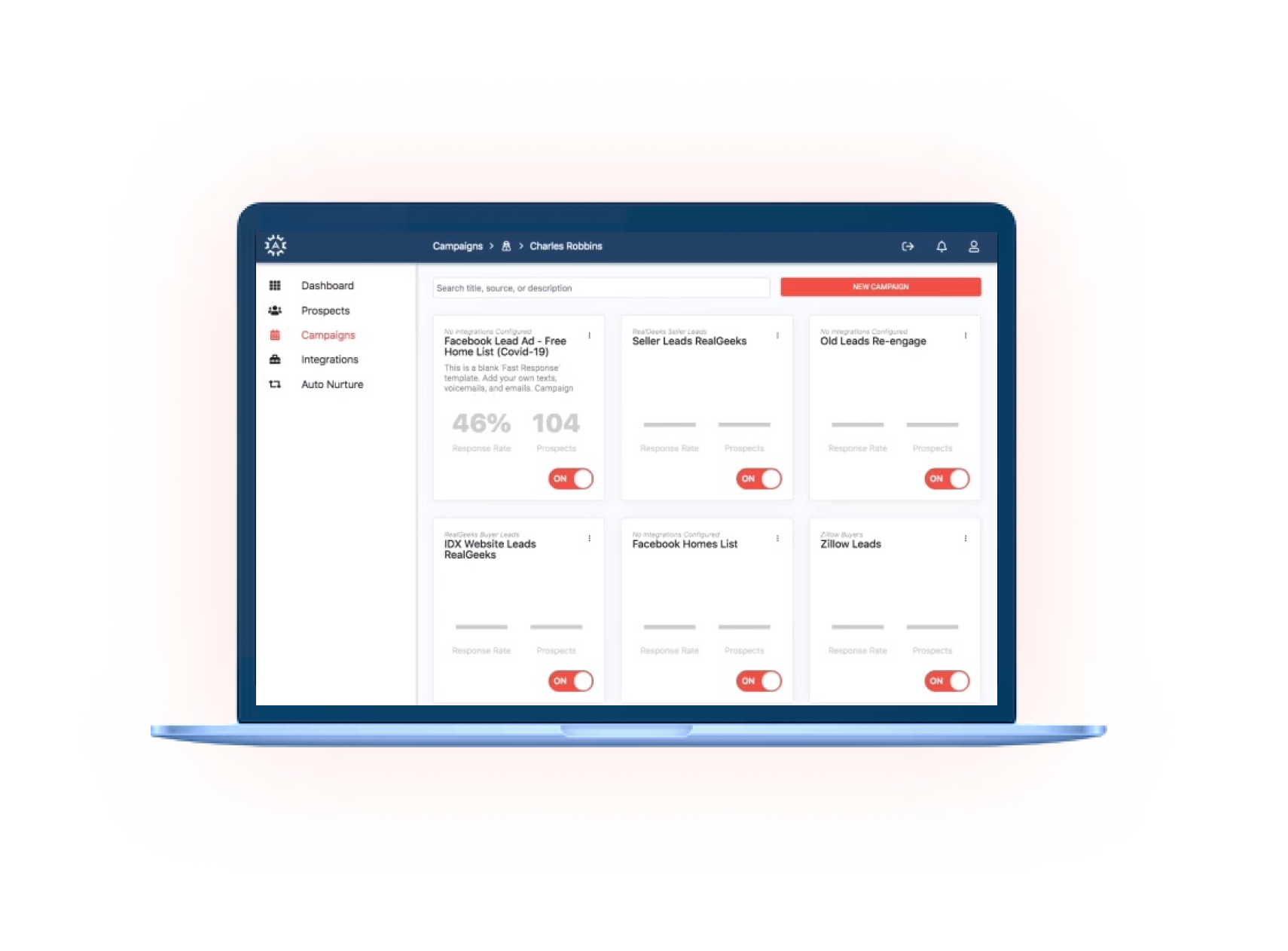Everyone loves convenience. You, your team, and your leads are no exception. Making quick work of lead assignment is critical if you don’t want your leads to get cold. Finding a way to automate this task offers speed and convenience for all parties involved.
Of course, that’s not to say that there won’t be work involved in the process. However, once you set up a lead assignment system, you can then automate it to the point that it practically runs itself. And, using a program like Agent Legend is the fastest and easiest method to route your leads quickly and cover more ground without losing steam with your hot and warm leads.
In this post, we’ll cover 5 lead assignment methods to use for your real estate leads, and the pros and cons associated with each one.
Why Lead Assignment Matters
Having a lead assignment process makes the day-to-day workflow of your team go faster. Without a lead assignment process, what exactly happens to leads as they roll in? As your team stumbles around to figure out who gets what leads, you waste time — precious time that is now gone forever.
As your team bumbles about without a system, they will be likely to fail in responding to hot and warm leads, or in the worst cases neglect them entirely. Simply put, a lead assignment system is critical because it establishes an organized approach that improves response time and builds better lead-agent relationships.
That said, here are the five most common lead routing strategies:
1. Time to Act Lead Assignment
In this lead assignment method, speed is of the essence. That’s why this approach emphasizes responding to leads in a timely manner before they have a chance to go cold. Your best bet with this approach is to assign initial leads to the agents that have higher productivity while maintaining speed and accuracy, so your team can reach as many leads as possible within the shortest amount of time.
Then, once the lead shows conversion promise, you may reroute them to an experienced agent to close the deal.
Pros
- Access to abundant lead information for future campaigns
- Respond to more leads in a shorter amount of time
- Leads that are responded to quicker usually convert better
- Improved customer satisfaction
Cons
- Lower sense of personalized connection between agents and leads
- Possibility of burnout or fatigue from your agents who churn and burn
- Quantity over quality approaches sometimes lack the personalized touch needed to close the deal
2. Lead-Agent Suitability Approach
For this strategy, leads are routed to agents based on factors such as language, region, industry, or the size of the prospective deal. Leads are categorized into groups and then assigned to agents who specialize in said groups.
Lead categorization can be completed manually or automatically. Auto categorization works by having leads answer specific questions, and placing values to their answers. These values will then determine which agent will be assigned to them.
Pros
- Agents will have all necessary information to help their leads effectively
- Agents will gain experience on what works and doesn’t for that specific lead type
- Establish better relationships with leads
Cons
- Unbalanced number of leads for each agent
- Unfair differences in lead quality (e.g. some regions wealthier than others)
- Each agent is limited in flexibility
3. Lead Assignment Based On Availability
This method is pretty straightforward. Agents will respond to new leads and nurture old ones whenever they are available. Agents will pull from a general lead pool, and select the lead that is most at risk of going cold to reach out to.
With this method, it is important to use metrics to monitor agent-lead interaction to ensure the needs of your leads are being met properly.
Pros
- Provides an incentive to be productive
- Ensures that every lead is answered to promptly
Cons
- May result in “lead hoarding” where one agent grabs too many leads that they can’t handle
- Agents may turn towards quantity over quality resulting in lead dissatisfaction/impersonal interaction
- Requires additional time and resources to monitor agent productivity
4. Round Robin
In Round Robin, leads are assigned on a rotation basis until all leads are depleted. Leads are not categorized in any way when being distributed. This way, every agent will have a random, but equally-sized piece, of the pie.
Pros
- Considered the most “fair approach” so that every agent gets an equal opportunity
- In theory should result in an equal workload for all agents
- New agents will gain quick experience working with a variety of leads
Cons
- Specializations and skill sets are not utilized
- Reduced lead satisfaction
- Eliminates healthy competition and incentives for agents
5. Top Performer Distribution
This method offers the top agent the most leads. As you go down the rank hierarchy, the least productive and lowest performing agents will receive fewer and fewer leads.
Pros
- Agents may be more productive so they can get more leads
- Creates a competitive environment
Cons
- Creates a competitive environment (this is mentioned twice because competition can sometimes be good, sometimes bad)
- Reduced unity and lower team morale
- Inefficient since the top agent won’t have enough time to do everything while lower ranked agents may end up with nothing to do
- Little room for lower ranked agents to improve
Which Real Estate Lead Assignment Method is Best?
In truth, your company will need to decide that for itself. You could try each one for a period of time, and record data on how it went, and choose the one that works best. Or you could bring all of the approaches to your team members, and let them vote. The good news is, if you try one of the methods above, and find it isn’t working for you, you can always change your lead routing system later.
Whichever system you choose though, make sure you’re using an automated lead management system like Agent Legend. With our software, it will be much easier to automatically route leads to the right agents and conduct personalized follow-ups in your brand voice. Want to learn more? Click here to get started for free.


